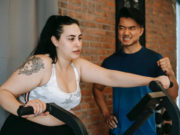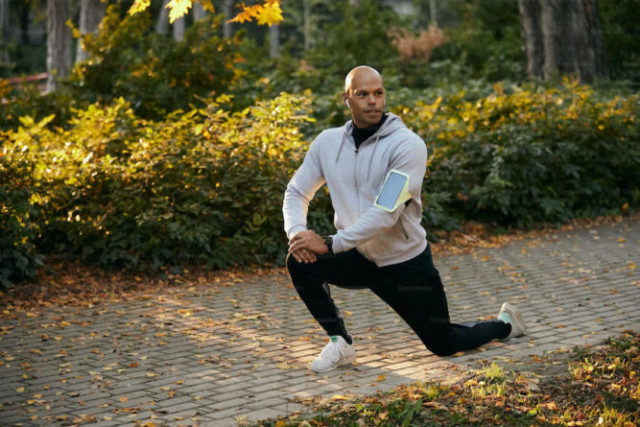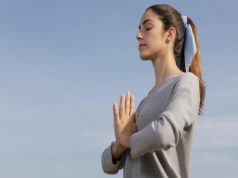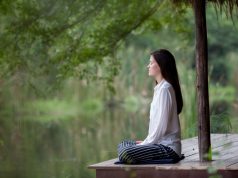Tai Chi is a moving meditation with slow, gentle movements to promote overall health. The ultimate goal is to train oneself to have a strong and balanced internal life energy (qi). This is not only a bodily sensation; rather, it is also a spiritual encounter. The martial technique of Tai Chi is based on guiding principles known as the Five Animal Sports: The Crane, Swallow, Tiger, and Dragon.
Practitioners of Tai Chi claim that the form’s motions are based on classical Chinese dances used to cultivate spiritual awareness and physical health. Engaging in this activity for therapeutic or recreational reasons is possible. Nonetheless, it has a history of use in the Chinese military and school-based physical education programs.
Types of Tai Chi
The foundation of tai chi is a set of coordinated movements known as a form. There are five main styles of tai chi or family styles:
- Chen: This is the most traditional type of tai chi, and martial arts techniques such as kicks, punches, and jumps characterise it.
- Yang: The emphasis in this well-liked technique is placed on maintaining balance while engaging in more delicate, slow motions.
- Wu: Wu is another well-liked style that differs from other forms in that it emphasises both forward and backward motions.
- Sun: This kind of Tai Chi resembles dancing more than other styles, emphasising footwork.
- Hao: It is a unique martial art that focuses on qi (also known as life energy) since it is a more advanced type.
Advantages of Tai Chi
The following is a list of some advantages that Tai Chi may provide:
- Relieving tension, worry, and low mood: Studies have demonstrated that meditative exercise like tai chi may have good impacts on a person’s psychological health; nevertheless, there is still a necessity for further study to be conducted on this topic.
- Enhances adaptability, equilibrium, and quickness: Although it is popular for being slow and gentle, research has shown that practising tai chi may help elderly persons improve their flexibility and balance.
- Strengthens and defines the muscles: Regular tai chi practice has improved muscular strength in older persons, particularly in the lower and upper body.
- Enhances the quality of sleep: It is well-documented that regular exercising and physical activities, including tai chi, may lead to better sleep. Those without chronic health problems and those with them benefited from it in a single research examining sleep quality.
- Boosts immunity: Recent research has shown that practising tai chi might significantly impact immune cell counts.
- Reduces pain: It has been demonstrated that regular tai chi practises twice a week may assist patients with chronic pain illnesses, including fibromyalgia, osteoarthritis, rheumatoid arthritis, and tension headaches, in coping with their symptoms.
How is a Tai Chi class conducted?
In a 90-minute session, you’ll complete many 16- to 18-minute sets of 108 moves, followed by a break of roughly 15 minutes. During the breaks between sets, you sip tea and reflect on all that has transpired. The sets themselves are segmented into smaller parts to investigate the many ways in which the body functions.
The teachers emphasise observation, imitation, and internal experience above verbal explanation. Spinal flexion, extension, and rotation work all connective tissue, stimulate the lymphatic system, and encourage the elimination of waste products.
Conclusion
Kids, adults with special needs, and the elderly all have equal access and may benefit from learning it. From the more relaxed techniques to the brisker motions of the traditional Chen style, tai chi has something for everybody. It’s up to you and your tastes and tolerance levels. If you want to attempt tai chi, a teacher can show you the ropes. Classes are available at fitness facilities, community centres, and specialist studios.












































